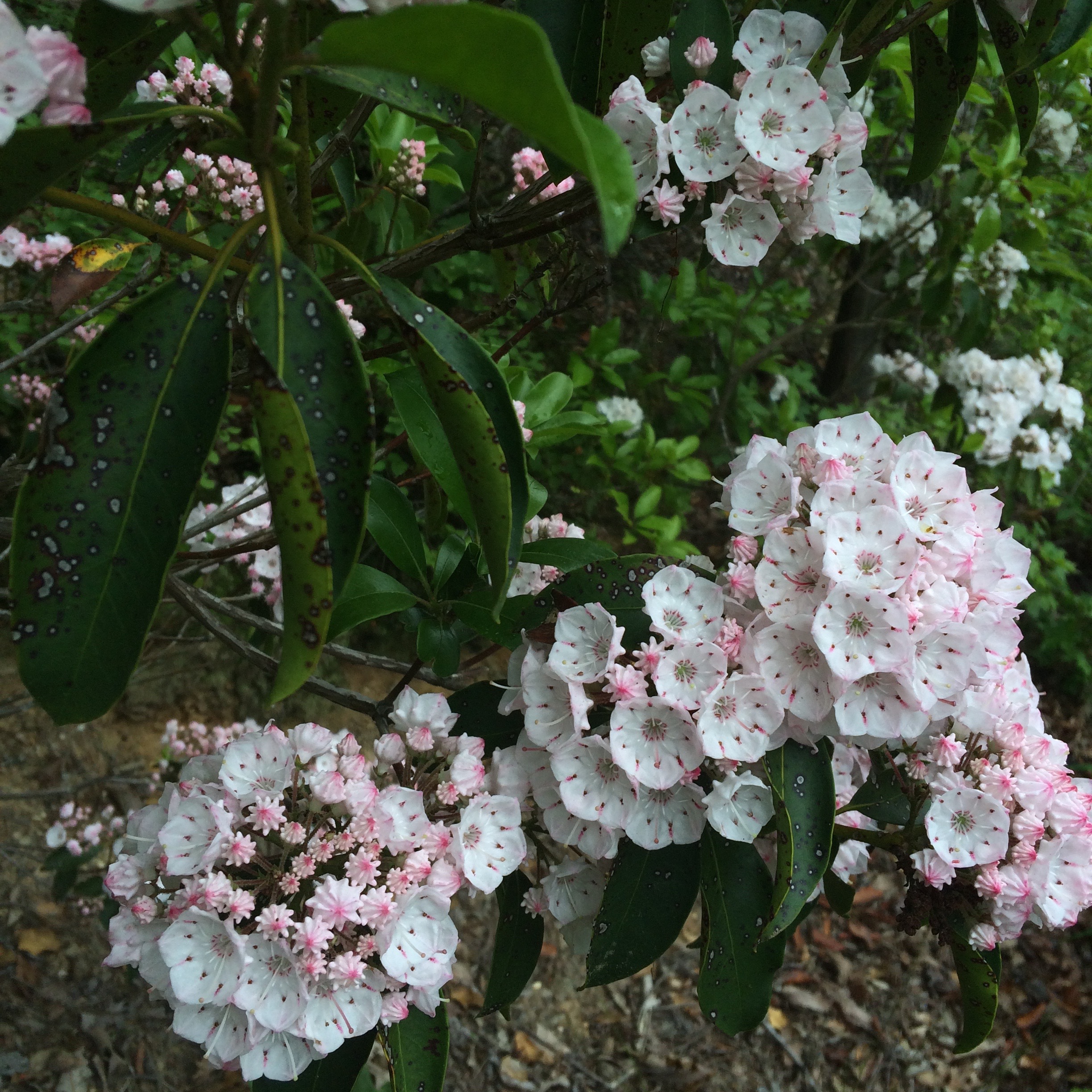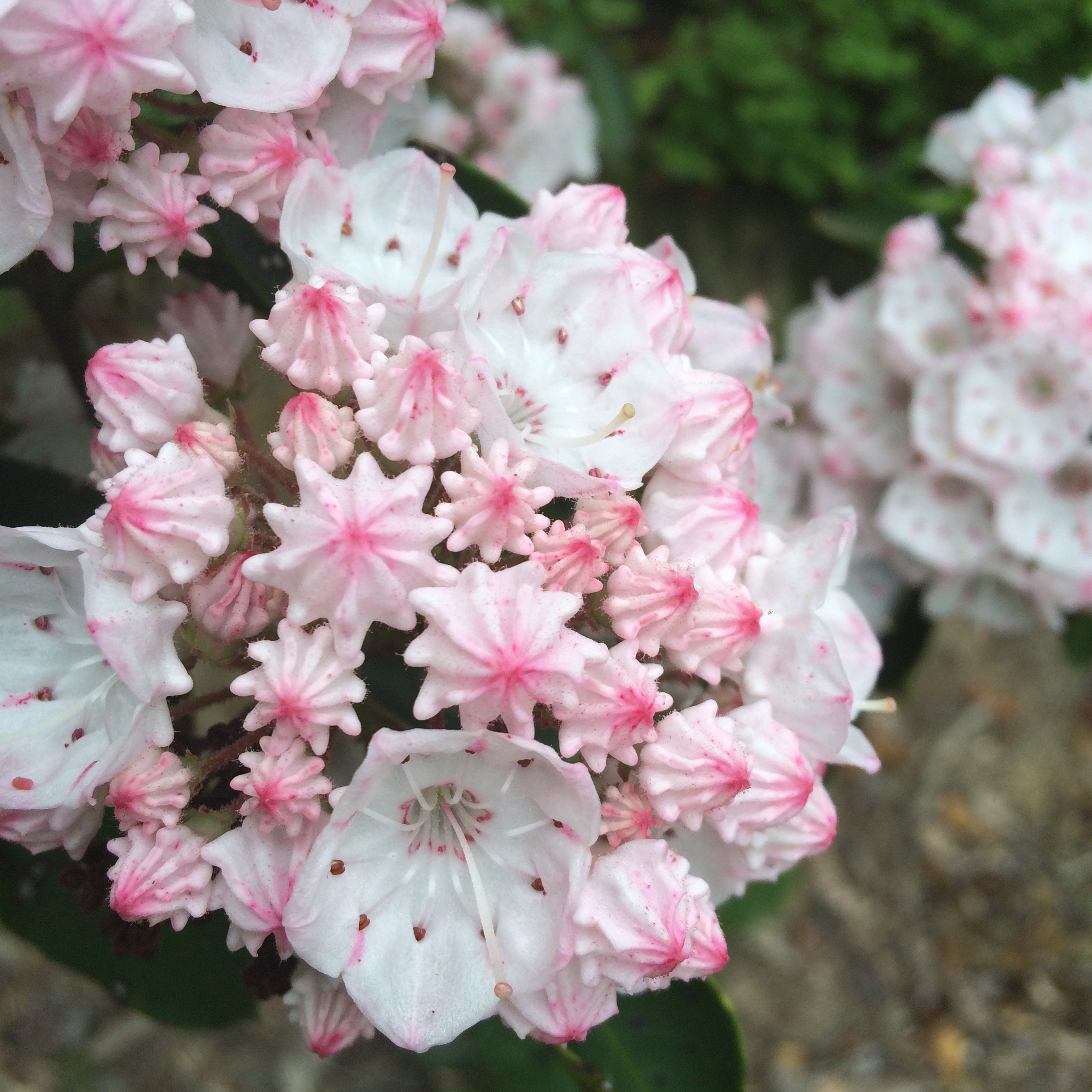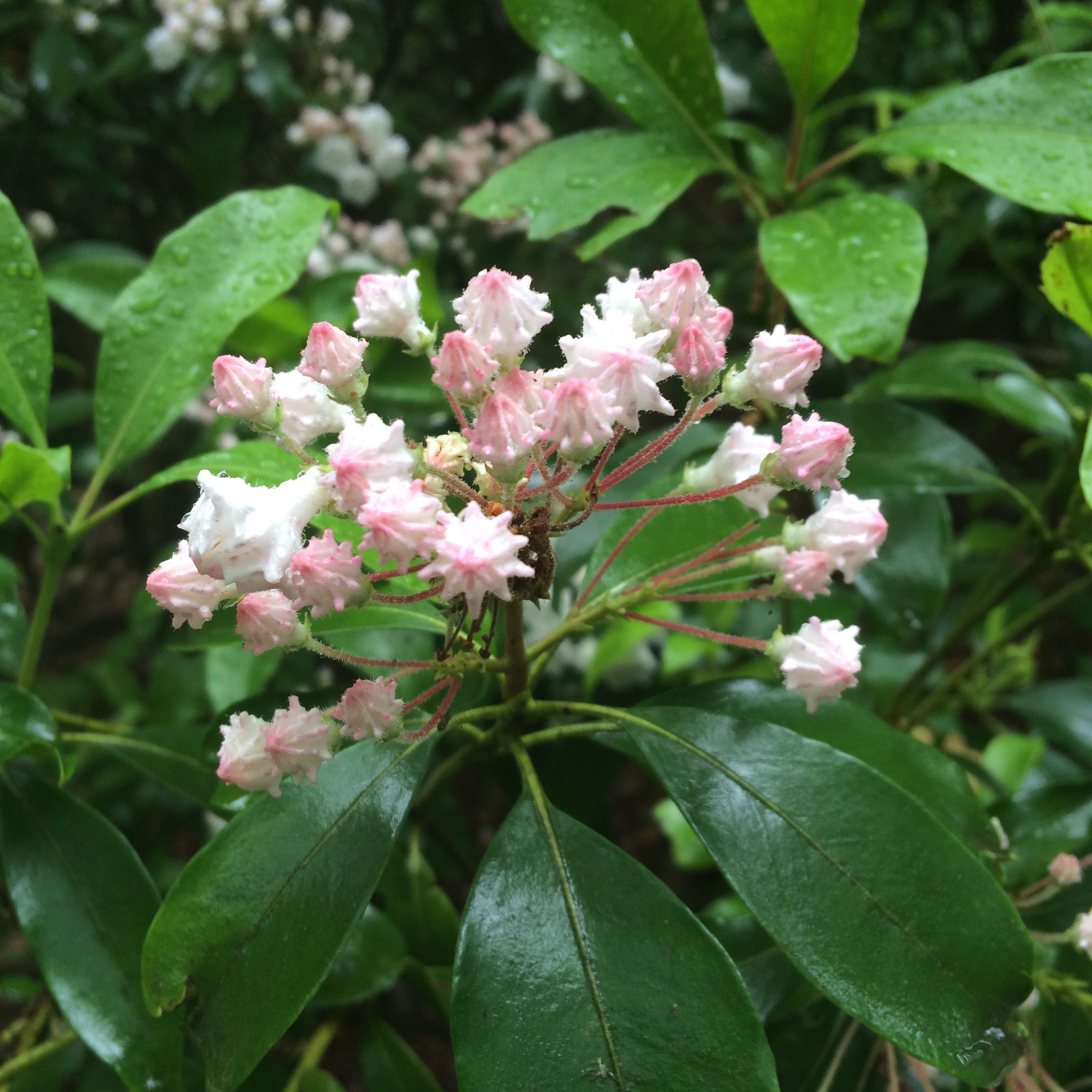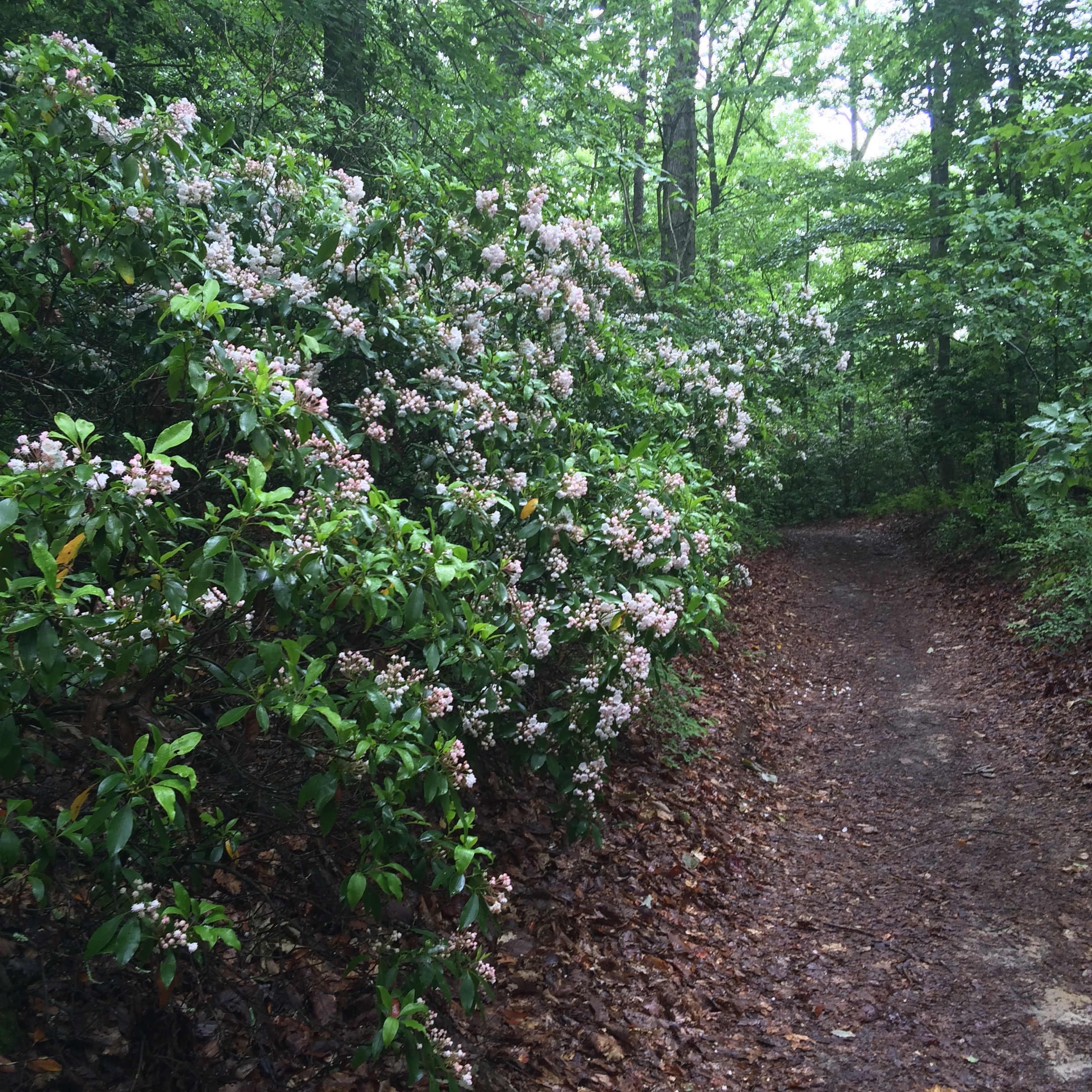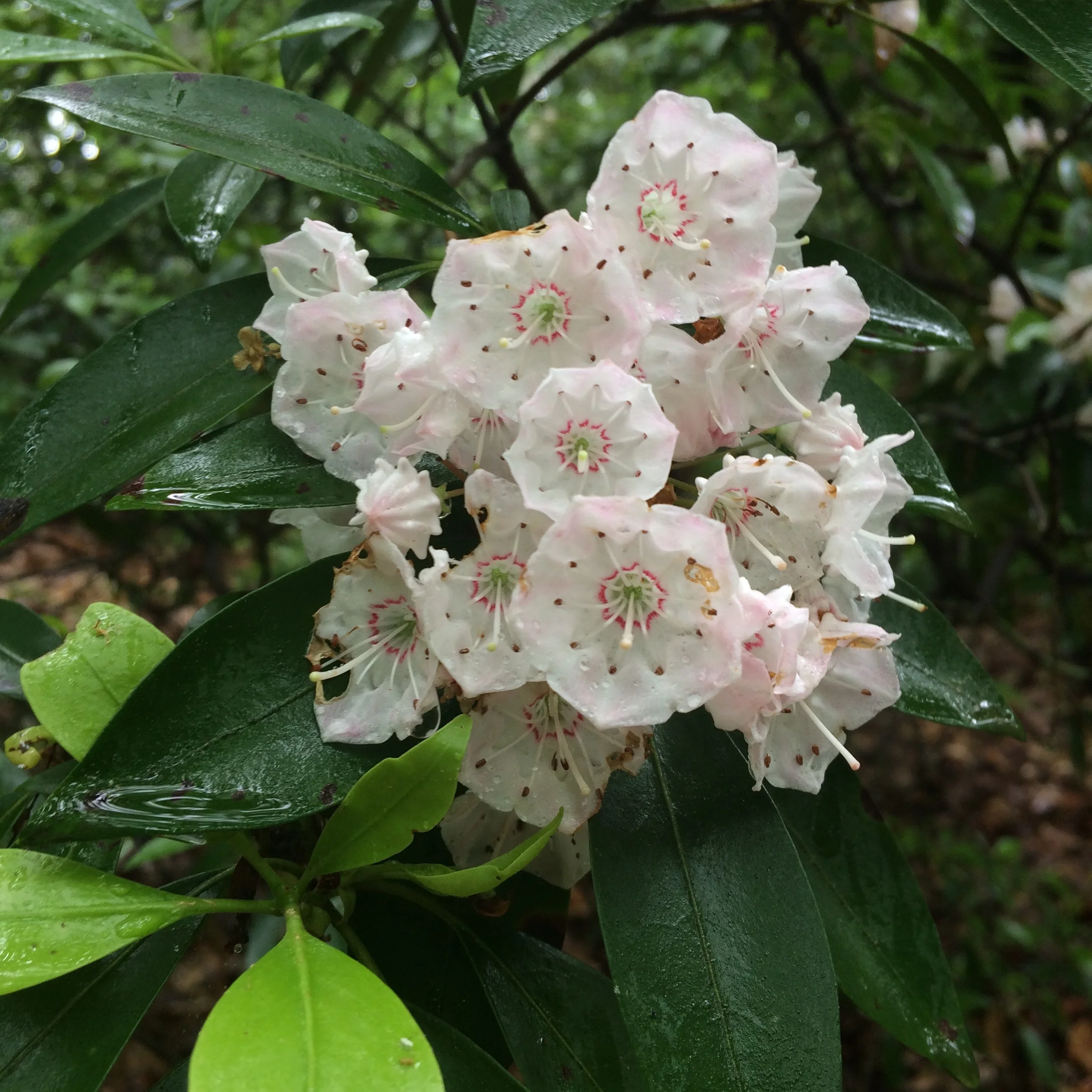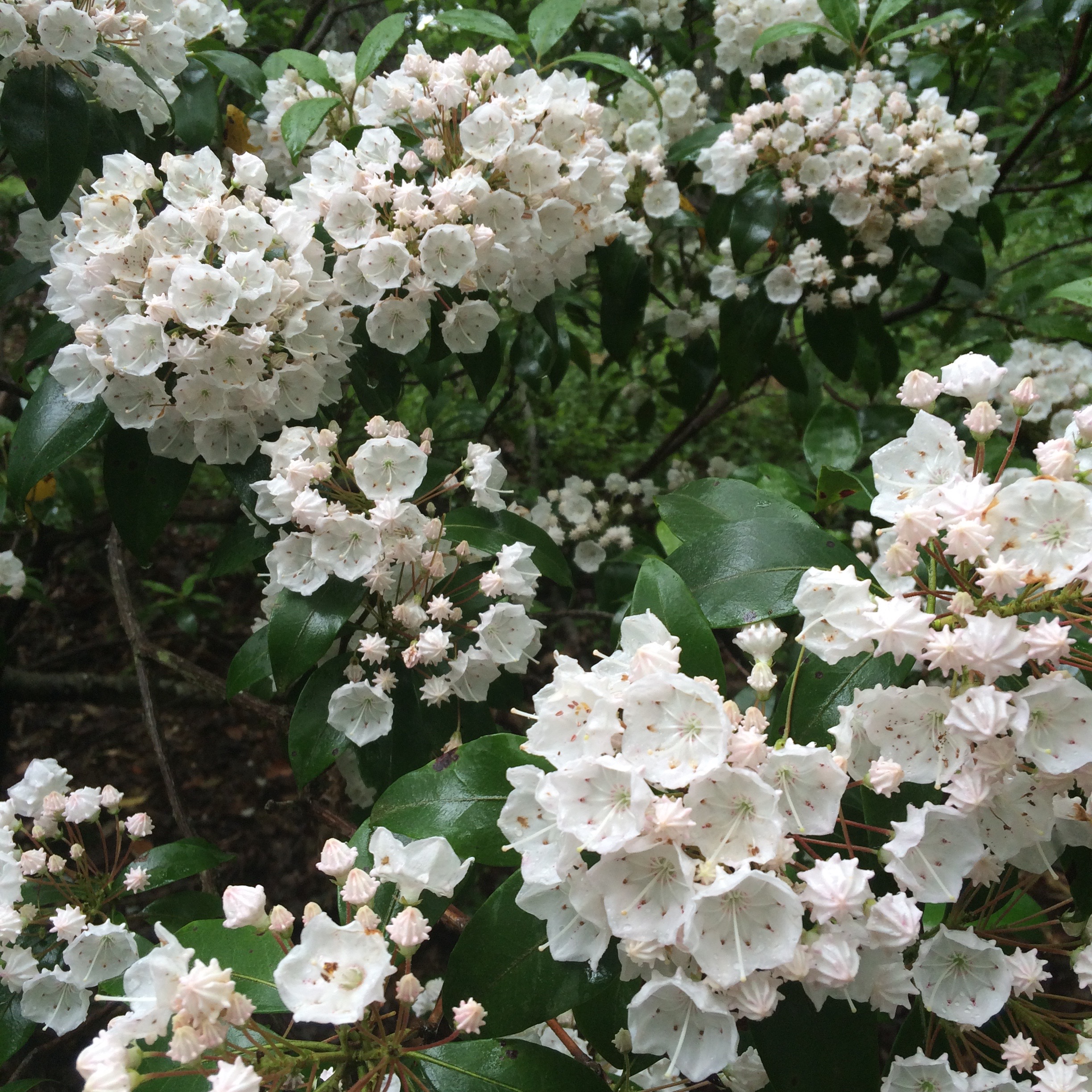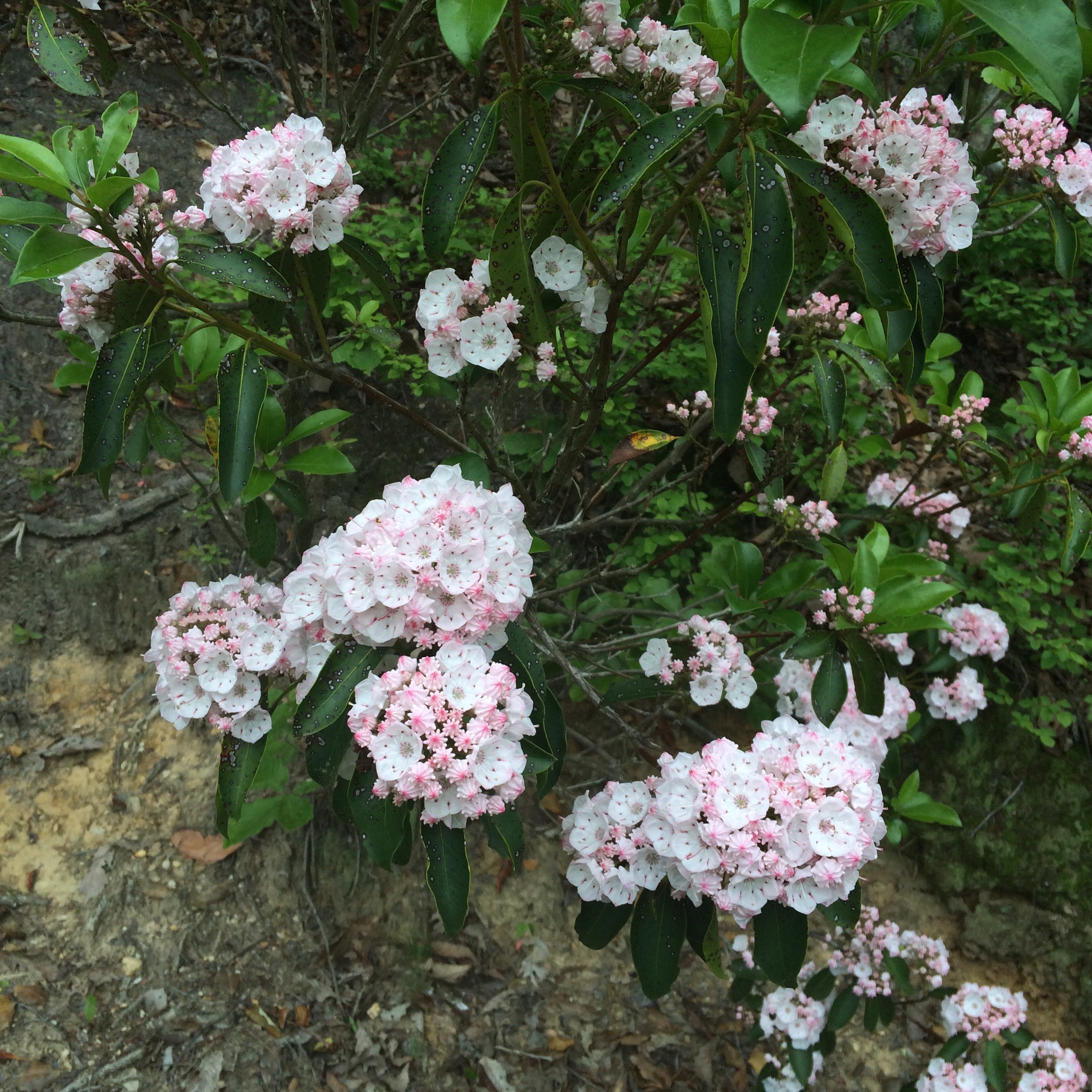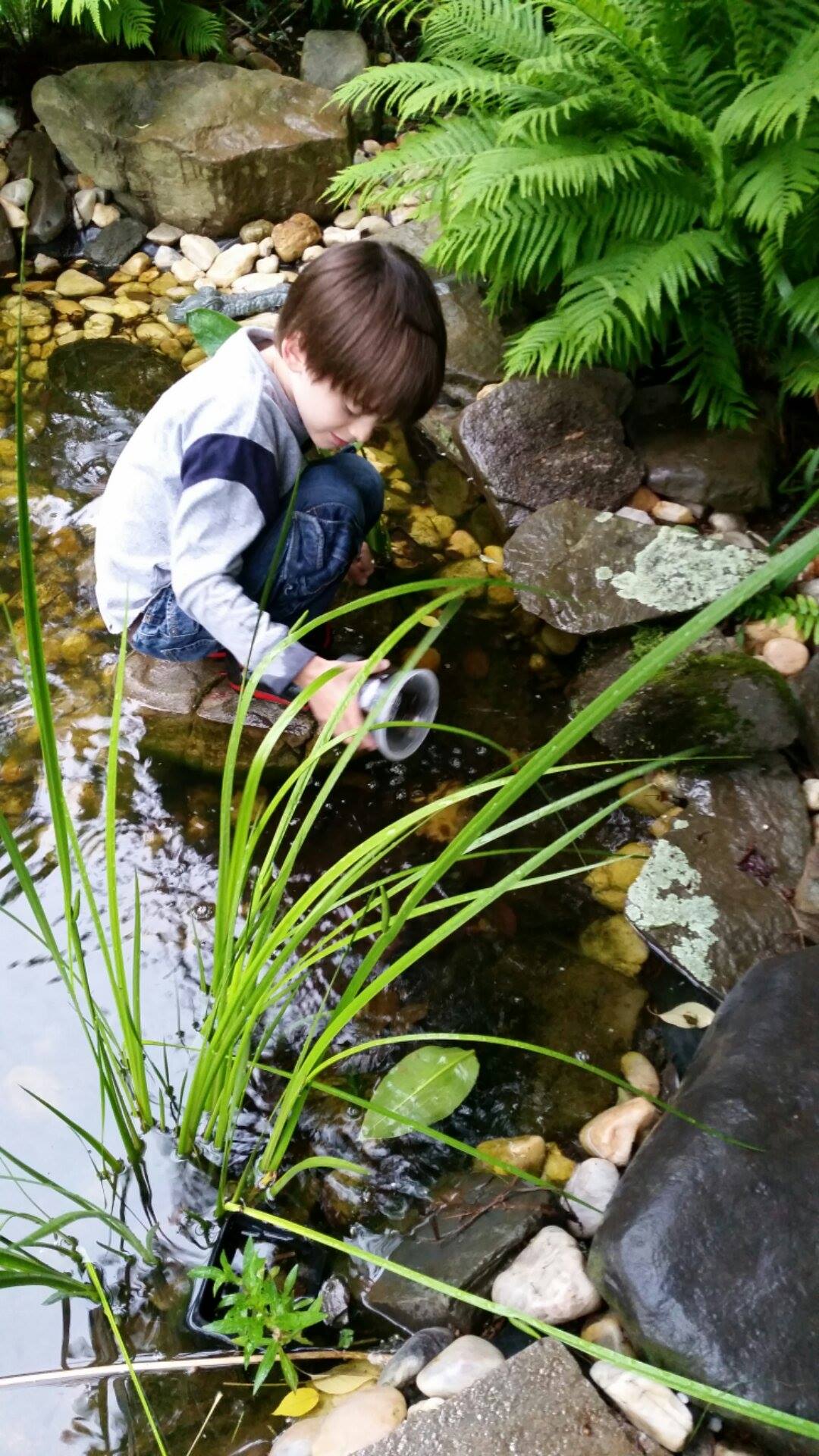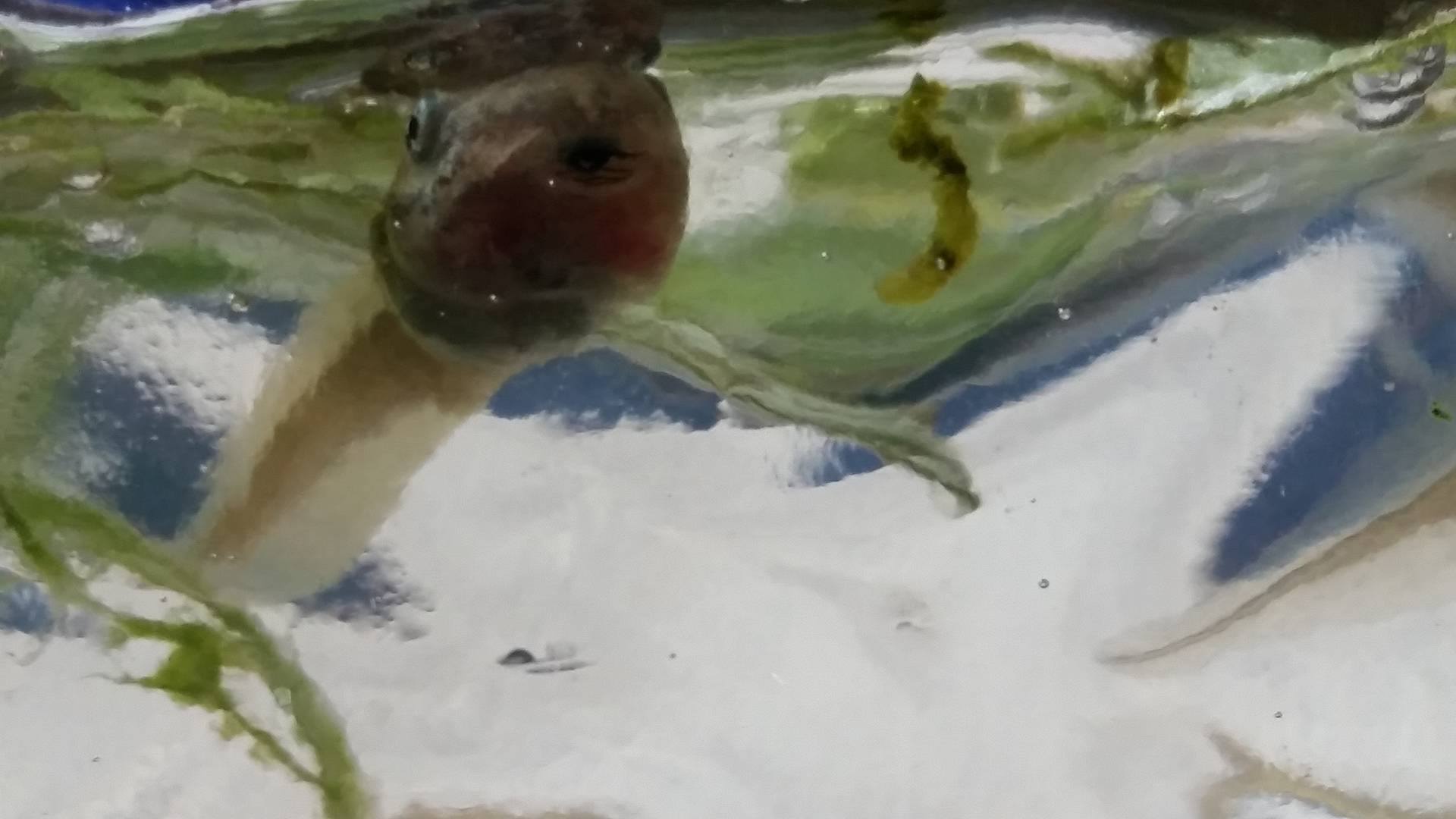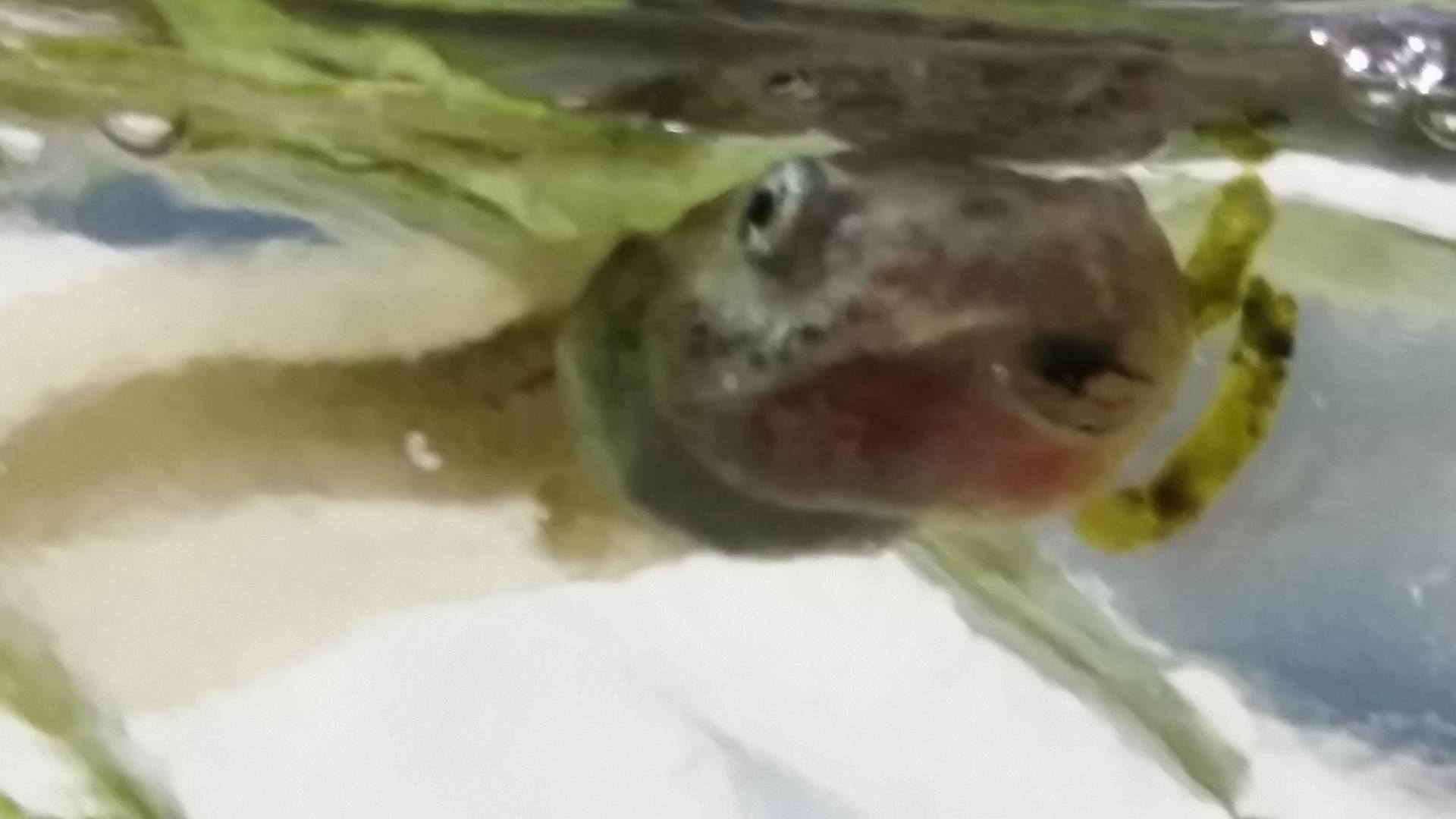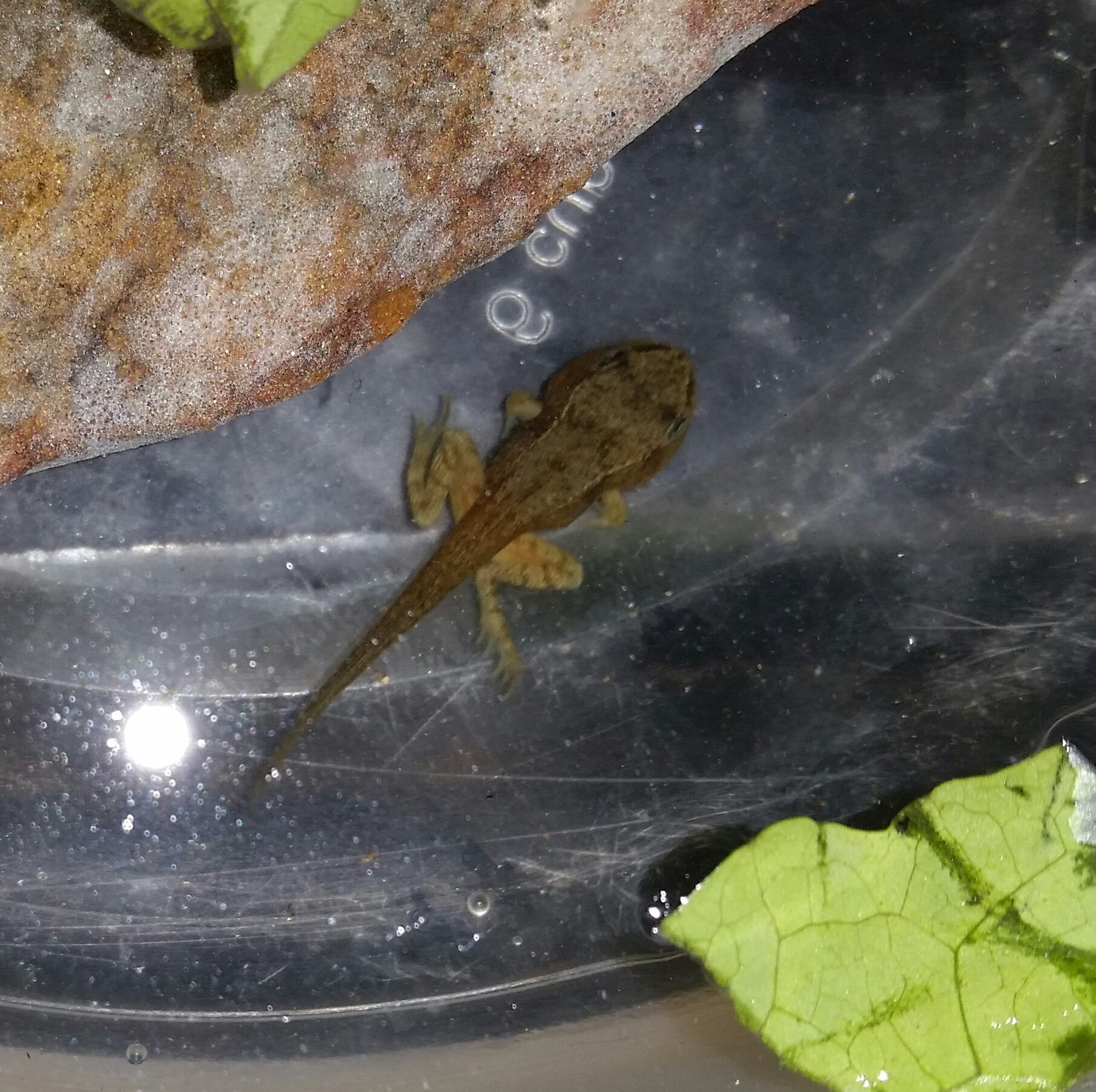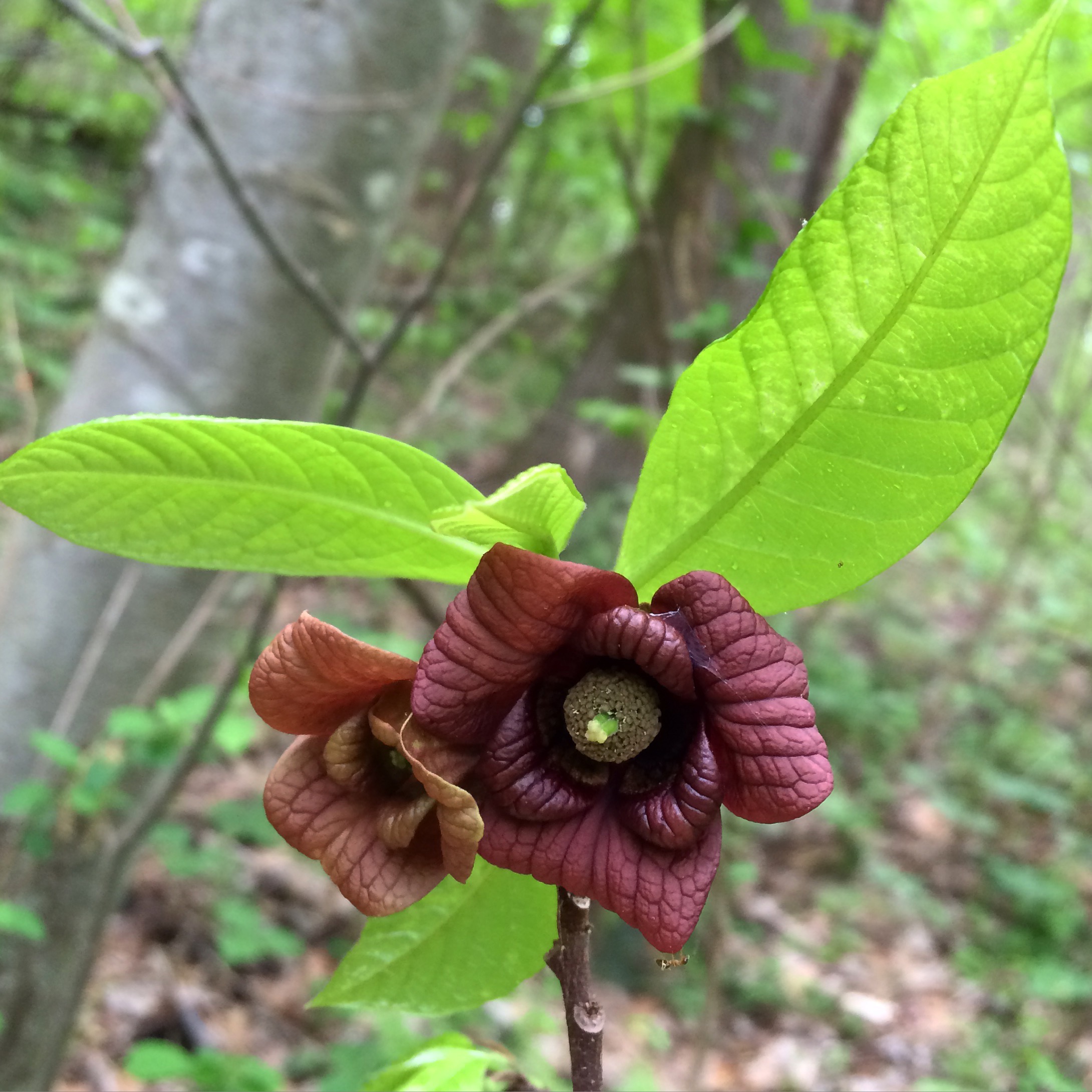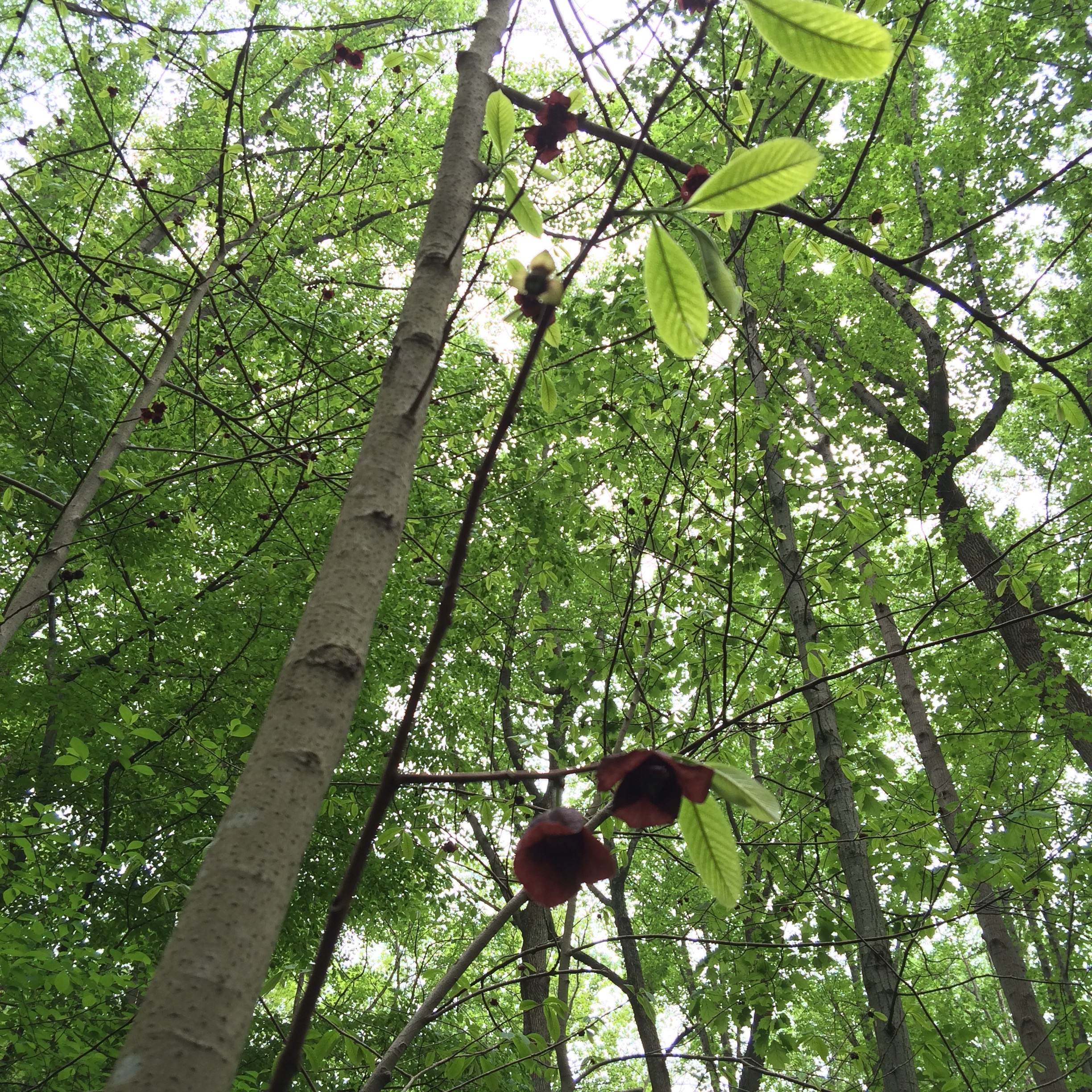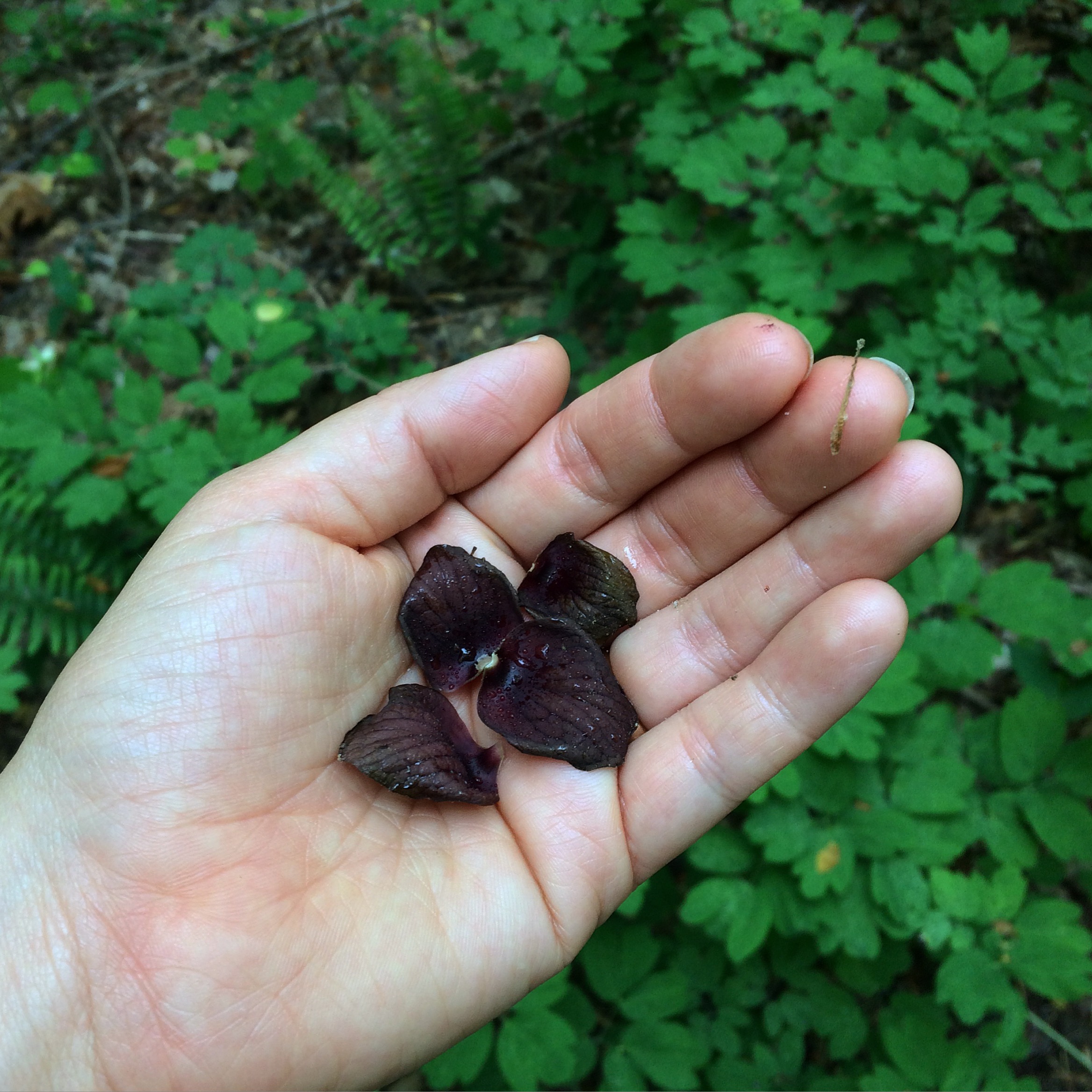Caitlin Magidson - Post to our FB page:
I enjoyed the DMV's "Bike to Work Day" and felt energized being in nature (verses the metro!). The Capital Crescent Trail was lovely! To learn more about his annual event: http://www.waba.org/aboutbiketoworkday/.
Are you a bike commuter? Share your stories here as we encourage each other as earth stewards. Maybe you don't bike. What other ways are you reducing your commute impact: public transportation, electric or hybrid vehicles, car pooling, walking, work from home?
Roberto Cruz bikes to work daily -- you see his bike here as it was covered for rain protection. He bikes in all weather and says you learn to dress to match the weather. What he likes best is hearing and seeing the birds, including ducks on a local park pond and the morning quiet plus bird songs as he bikes along park paths much of his route. It keeps you in great shape too. In his case there are a few hills that get his mouth open, as he puts it.






